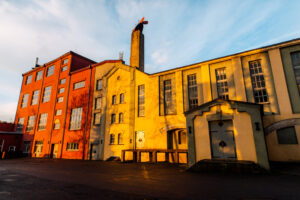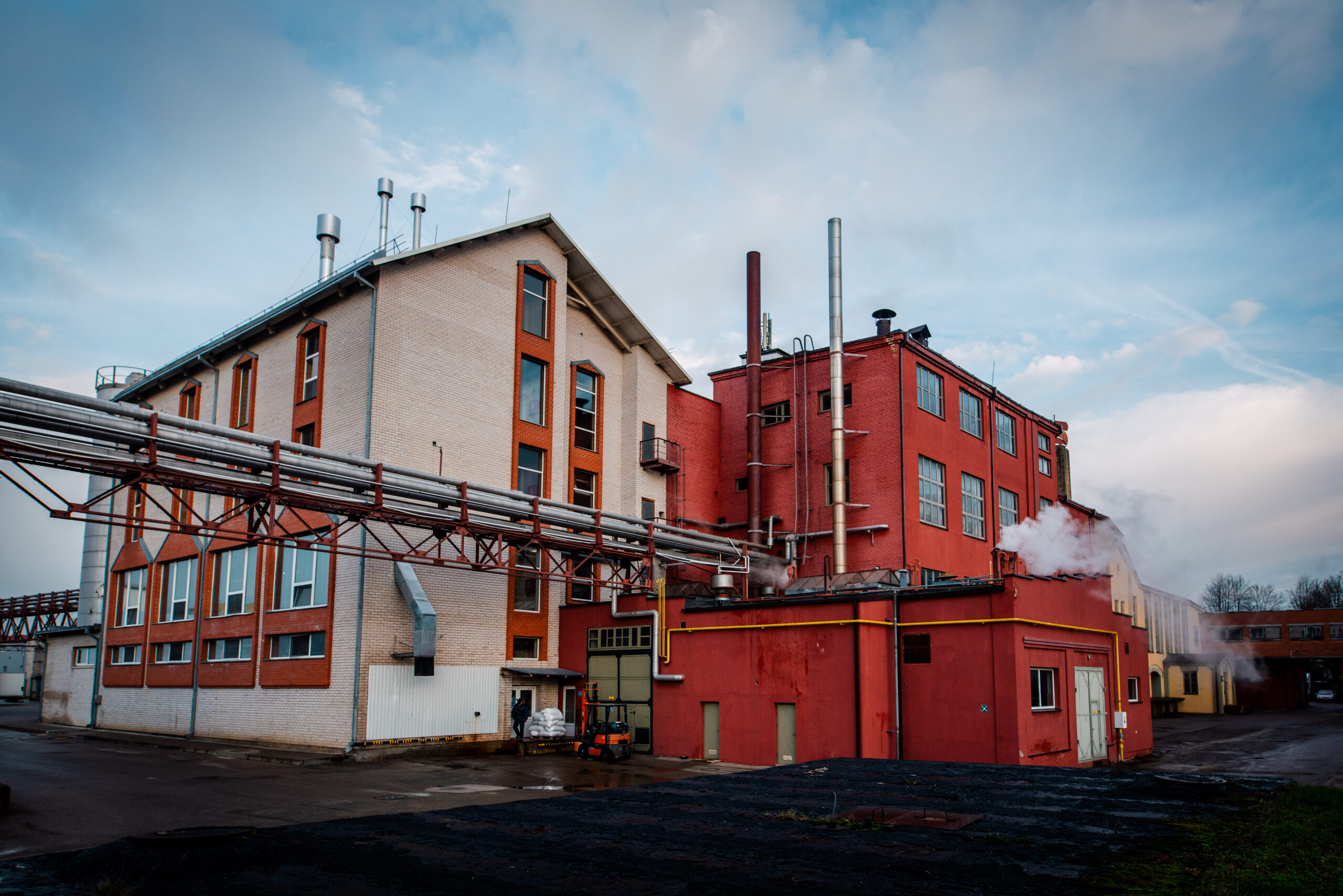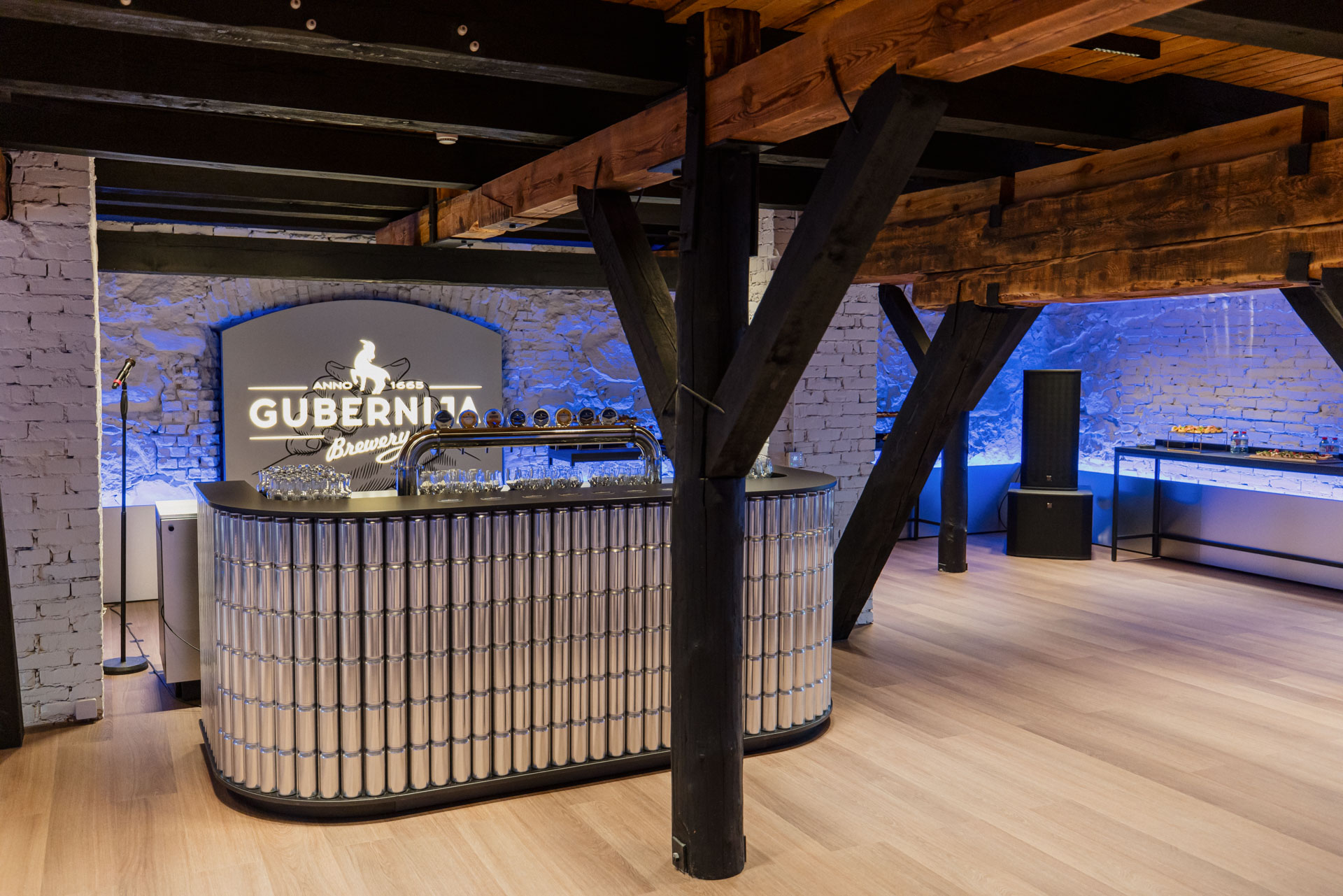More and more travelers, both at home and abroad, are following this principle of not only seeing, but also experiencing. The tourism sector has noticed that industrial tourism has recently become particularly popular.
“Many travelers want to experience the ‘wow’ factor. Industrial tourism offers just that – to enter a new place that has been closed until now, experience something new, and then share your impressions and photos on social networks. After all, it is curious to visit places that were previously inaccessible or less accessible to tourists. Adventure tourism is currently a trend worldwide,” says Neringa Sutkaitytė, project manager for local tourism at the “Travel Lithuania” agency.
Visits to existing or restored companies, industrial heritage experiences related to products, their production processes, applications and history are indeed increasingly becoming an object of interest for tourists, and some cities are developing their identity based on industrial tourism.
Industrial heritage – part of the city’s identity
Šiauliai has no shortage of historical industrial objects, and Rūta Stankuvienė, the head of the city’s Tourist Information Centre, says that the interest of the city’s visitors in this heritage has been growing rapidly lately.

In October, the visitor centre of Gubernija, the oldest brewery in Lithuania, which is currently being reconstructed, will soon enrich the map of industrial tourism in Šiauliai, inviting visitors to get acquainted with the history of the oldest brewery in the country, and to see the authentic spaces that testify not only to the history of Gubernija, but also to the past of Šiauliai. Those who want to take a closer look at the production of beverages will be invited to take part in guided tours of the production facilities, visit the brewery’s famous cellars, taste the unique bread and beer produced here, and learn more about the subtleties of combining beverages and food.
“Šiauliai has always been a well-known and valued city, being an important centre of industry, crafts, trade, science and culture in the region and in the country. Šiauliai’s industrial heritage and its adaptation to tourism is both important and has been developed for decades. And the significance of Gubernija for Šiauliai is enormous. It is not only the oldest brewery still operating in Lithuania, but also the oldest industrial enterprise still operating in our country. It is particularly significant that Gubernija operates on the same site where it was established 360 years ago. There are not many such industrial heritage sites left. “The Gubernija brewery building complex has historical, architectural, technical and industrial value,” notes R. Stankuvienė.
She says that Šiauliai has set up an Industrial Tourism Working Group since the beginning of this year, bringing together representatives of the municipality, business, tourism and cultural sectors. Together, they are looking for opportunities, forms and ways to disseminate Šiauliai’s industrial heritage, to publicise it not at the level of a single company, but as an aspect of the city’s past, present and future identity. According to the head of the Šiauliai Tourism Information Centre, the renovated Gubernija Visitor Centre will make a significant contribution to these goals, and the excursions, educational activities, tastings and other activities that will take place there will offer unforgettable impressions.

Chocolate and beer are the most interesting
A feasibility study carried out by the Panevėžys Development Agency a few years ago on the initiation and development of industrial tourism has shown that breweries are the sites with the highest tourism potential and are of particular interest to travelers around the world.
According to studies carried out in the USA, industrial tourism is linked to all sectors, but the public is particularly interested in agriculture, food and handicrafts, which is why chocolate factories, breweries, perfumers and ceramic artisans are the most popular destinations. And the European Institute for Cultural Routes, which created the European Industrial Heritage Route, has included 44 breweries.
N.Sutkaitytė, a representative of the “Travel Lithuania”, also notes that industrial tourism in Lithuania has a great potential, as our country is full of places that want to present themselves from a different angle and interest visitors.
“Industrial heritage will interest tourists as long as it offers new experiences and unheard stories. It is a niche that not only travelers are interested in, but also artists, exhibition curators and the hospitality industry,” says N. Sutkaitytė.
Vidmantė Mickevičienė, Head of Visitor Centres at MV GROUP Production, the company that manages the Stumbras, Alita, Anykščių Vynas and Gubernija factories, says that the Gubernija Visitor Centre will go beyond guided tours to offer a much wider range of experiences, including concerts, film screenings, themed evenings, and mind-bending activities.
“We are proud of Šiauliai and want to make a significant contribution to its cultural and social life. We want to create an exciting new space for citizens and visitors to Šiauliai, which will become a centre of attraction and enrich the city’s cultural life with new experiences. But of course, we will not forget the most important thing – excursions and tastings, where guests will be able to taste exclusive limited edition Gubernija products, learn more about the combination of beverages and food, and visit the brewery’s famous cellars, which date back to the times of the Grand Duchy of Lithuania,” says V. Mickevičienė.

A growing range of activities on offer
R. Stankuvienė, Head of Šiauliai Tourism Information Centre, is convinced that Šiauliai has a great potential to become a leader in attracting tourists interested in industrial heritage in the region. According to R. Stankuvienė, in addition to Gubernija, the city has other significant industrial heritage sites that are still in operation and have been adapted for tourist purposes, such as the 111-year-old candy factory Rūta, which established the Chocolate Museum, and the Chaim Frenkel Leather Factory, which was established 145 years ago, The Šiauliai Dawn Museum, which has been operating for 154 years and still produces medicines, the Valerijonas pharmacy, which has established a tea room, an education and tasting hall, and a public Museum of Pharmacy. The industrial identity of Šiauliai is reflected in the Bicycle, Radio and Television Museums and other objects.
“All this is very valuable, important and very interesting in order to increase the attractiveness, uniqueness and image of the city and to develop the offer of tourism products,” says R. Stankuvienė.
Meanwhile, N. Sutkaitytė, project manager of local tourism projects at the “Travel Lithuania”, says that the number of industrial tourism objects is growing in other parts of Lithuania, and the range of activities is constantly expanding. Vilnius hosts the Festival „Mechanizmai“ which opens the doors of energy companies to visitors. In Palanga, a new event this summer was the opening of a new leisure space in a former bread factory. Panevėžys invites visitors to visit the outdoor gallery of the „Ekranas“ factory, the underground water reservoir of Aukštaitijos vandenys, the glass studio, and a performance by the Juozas Miltinis Theatre at the Panevėžys depot of the Aukštaitija Narrow Gauge Railway.




